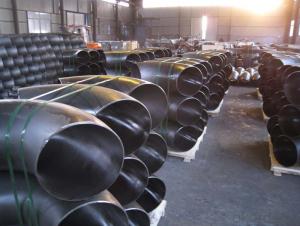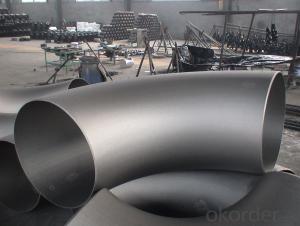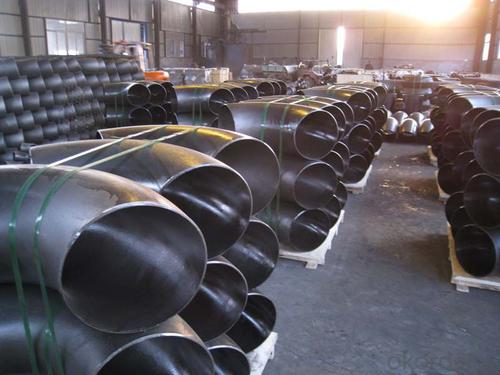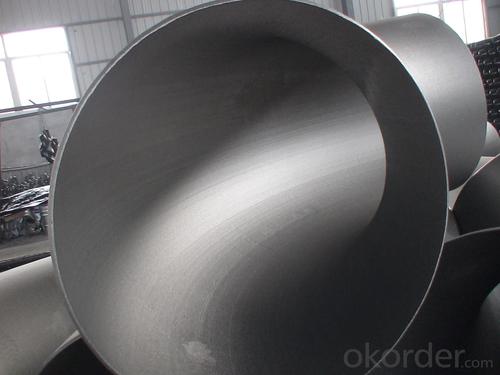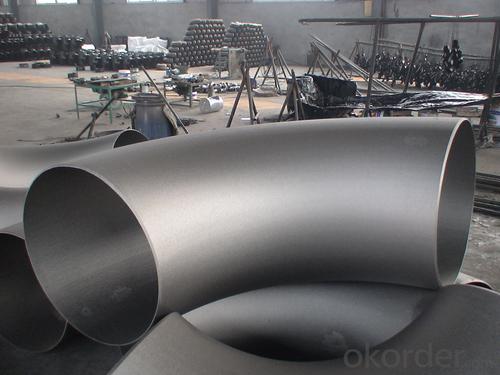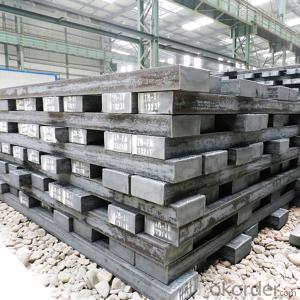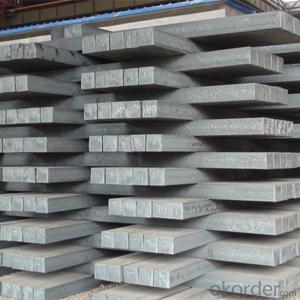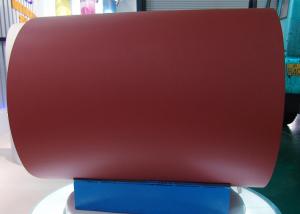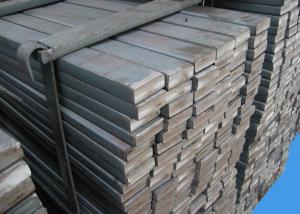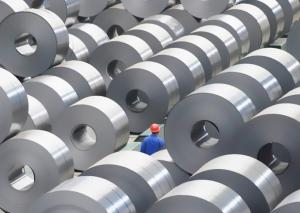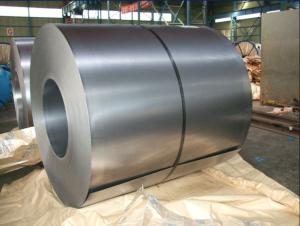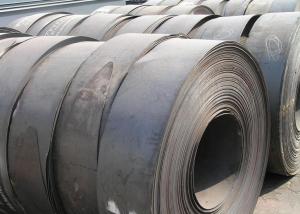Carbon steel pipe fittings BEND 1/2''-42''
- Loading Port:
- China Main Port
- Payment Terms:
- TT OR LC
- Min Order Qty:
- -
- Supply Capability:
- -
OKorder Service Pledge
OKorder Financial Service
You Might Also Like
Pipe fitting is the occupation of installing or repairing piping or tubing systems that convey liquid, gas, and occasionally solid materials. This work involves selecting and preparing pipe or tubing, joining it together by various means, and the location and repair of leaks.
Pipe fitting work is done in many different settings: HVAC, manufacturing, hydraulics, refineries, nuclear-poweredSupercarriers and Fast Attack Submarinescomputer chip fab plants, power plant construction and other steam systems. Pipe fitters (sometimes called simply "fitters") are represented in the USA and Canada by the United Association of Journeymen and Apprentices of the Plumbing and Pipe Fitting Industry of the United States and Canada.
Fitters work with a variety of pipe and tubing materials including several types of steel, copper, iron, aluminium, and plastic. Pipe fitting is not plumbing; the two are related but separate trades. Pipe fitters who specialize in fire prevention are called Sprinklerfitters, another related, but separate trade.
Materials, techniques, and usages vary from country to country as different nations have different standards to install pipe.
Elbow are an English alternative rock band consisting of Guy Garvey (vocals, guitar), Richard Jupp (drums, percussion), Craig Potter (keyboards, piano), Mark Potter (guitar, backing vocals), and Pete Turner (bass guitar, backing vocals). They have played together since 1990, adopting the Elbow band name in 1997, and have released six studio albums: Asleep in the Back (2001), Cast of Thousands (2003), Leaders of the Free World (2005), The Seldom Seen Kid (2008), Build a Rocket Boys! (2011), and The Take Off and Landing of Everything (2014). All of their studio albums, as well as B-sides compilation Dead in the Boot (2012), have placed in the top 15 of the British album chart and seven of their singles have placed in the top 40 of the British singles chart.
In 2008 Elbow won the Mercury Music Prize for their album The Seldom Seen Kid, and in 2009 they won the Brit Award for Best British Group In 2012 they released "First Steps", the BBC theme for the 2012 London Olympics
Specifications
Standard: ASTM A234 WPB, JIS, DIN, EN, GOST
Use for Oil, Gas, Subwatering act.
45/90/180 degree, LR/SR Elbow
ASTM A234 WPB ELBOW :
| ||||||||
| we are manufacturer for carbon steel pipe and fittings,like 45deg,90deg,180deg,L/R OR S/R,bend , | ||||||||
| equal or reducing tee, CON reducer, ECC reducer, pipe cap,flange. | ||||||||
| CON AND ECC REDUCER: CARBON STEEL,STAINLESS,STELL,ALLOY STEEL | ||||||||
| NOMINAL DIAMETER | BIG OD1 | SMALL OD2 | HEIGHT(MM) | |||||
| MM | SERIES A | SERIES B | SERIES A | SERIES B | 51-711 | |||
| 25*15--1500*1400 | 33.7-1524 | 32-1520 | 21.3-1420 | 18-1420 | ||||
| MATERIAL: A234WPB,A283,A105,A53,A106,API5L | ||||||||
| STANDARD: ASTM/ANSI,DIN,ISO,GB,JIS,BS ,GOST | ||||||||
| OTHERS: | ||||||||
| 1. Special design available according to requirement | ||||||||
| 2. All the production process are made under the ISO 9001:2000 strictly. | ||||||||
- Q: How is steel used in the construction of bridges?
- Steel is commonly used in the construction of bridges due to its high strength and durability. It is used in the fabrication of beams, girders, and trusses, providing crucial support and load-bearing capacity. Steel's flexibility allows for the creation of various bridge designs, including arches, suspension, and cable-stayed bridges. Additionally, steel's corrosion resistance and ability to withstand extreme weather conditions make it an ideal material for bridge construction, ensuring the longevity and safety of these vital structures.
- Q: What are the different types of steel profiles used in architecture?
- There are several types of steel profiles commonly used in architecture, including I-beams, H-beams, C-channels, angle irons, and hollow structural sections (HSS). These profiles offer different structural properties and are utilized for various purposes, such as providing support, creating framework, and enhancing aesthetic design in architectural structures.
- Q: How does the thickness of steel affect its strength?
- The thickness of steel directly affects its strength. Generally, thicker steel tends to be stronger as it can withstand greater force and load without deformation or failure. Thicker steel also provides better resistance against bending, breaking, or warping under stress. However, it is worth noting that there is an optimal thickness range for each specific application, where steel is neither too thin to compromise strength nor too thick to become impractical or excessively heavy.
- Q: How are steel products used in the construction of theme-based resorts and hotels?
- Steel products are used in the construction of theme-based resorts and hotels in various ways. They are commonly used for structural components such as beams, columns, and frames, providing strength and stability to the buildings. Steel is also used for roofing systems, walls, and partitions, offering durability and protection against harsh weather conditions. Additionally, steel is utilized in the fabrication of decorative elements, such as railings, staircases, and facades, adding aesthetic appeal to the overall design of the resort or hotel. Overall, steel products play a crucial role in ensuring the safety, longevity, and visual appeal of theme-based resorts and hotels.
- Q: What are the different types of steel forgings and their applications in the construction of power transmission lines?
- There are several types of steel forgings used in the construction of power transmission lines. Some commonly used types include open-die forgings, closed-die forgings, and seamless rolled rings. Open-die forgings are used for larger components like turbine shafts, while closed-die forgings are ideal for smaller, intricate parts such as connectors and fittings. Seamless rolled rings are commonly used for flanges and couplings. These steel forgings are crucial in ensuring the strength, durability, and reliability of power transmission lines, as they provide the necessary structural integrity to withstand the high tension and weather conditions.
- Q: How is steel pipe coated for corrosion protection?
- Steel pipe can be coated for corrosion protection through various methods, including hot-dip galvanizing, epoxy coating, and polyethylene wrapping. These processes provide a barrier between the steel pipe and the surrounding environment, preventing the pipe from coming into direct contact with moisture, chemicals, or other corrosive elements that could lead to its deterioration.
- Q: How are steel beams used in building structures?
- Steel beams are used in building structures as load-bearing elements that provide strength and stability. They are commonly used in the construction industry due to their high strength-to-weight ratio, allowing for the creation of large, open spaces without the need for excessive columns or supports. Steel beams distribute weight evenly, helping to support the weight of floors, walls, and roofs, and can withstand significant forces, such as wind and earthquakes. They are essential in constructing high-rise buildings, bridges, and industrial structures, where durability and structural integrity are paramount.
- Q: What are the different types of steel angles and their applications in construction?
- There are several types of steel angles used in construction, including equal angles, unequal angles, and L-shaped angles. Equal angles have sides of equal length and are typically used for structural support, such as in framing or bracing. Unequal angles have sides of different lengths and are commonly used for edge protection, as well as in applications where a non-standard angle is required. L-shaped angles, also known as corner or angle irons, are used for reinforcing corners and edges in construction projects. Overall, steel angles are versatile and widely used in various construction applications due to their strength and structural stability.
- Q: What are the properties of weather-resistant steel?
- Weather-resistant steel, also known as corten steel, possesses unique properties that make it highly resistant to corrosion from the effects of weather and atmospheric conditions. These properties include a high tensile strength, which allows the steel to withstand extreme weather conditions without losing its structural integrity. Additionally, weather-resistant steel forms a protective oxide layer on its surface when exposed to the atmosphere, preventing further corrosion and reducing the need for maintenance. Its durability, resistance to atmospheric corrosion, and aesthetic appeal make weather-resistant steel a popular choice for outdoor structures such as bridges, buildings, and sculptures.
- Q: What are the different types of steel bar grating materials?
- There are several different types of steel bar grating materials, including carbon steel, stainless steel, and aluminum. Carbon steel is the most common type and offers high strength and durability. Stainless steel is resistant to corrosion and is often used in environments where rust is a concern. Aluminum grating is lightweight and has excellent corrosion resistance, making it suitable for various applications.
Send your message to us
Carbon steel pipe fittings BEND 1/2''-42''
- Loading Port:
- China Main Port
- Payment Terms:
- TT OR LC
- Min Order Qty:
- -
- Supply Capability:
- -
OKorder Service Pledge
OKorder Financial Service
Similar products
Hot products
Hot Searches
Related keywords
